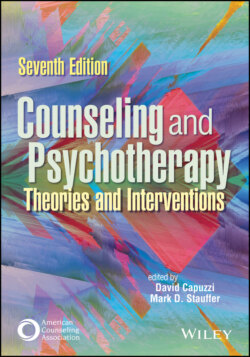Читать книгу Counseling and Psychotherapy - Группа авторов - Страница 152
Limitations
ОглавлениеThere are several limitations with traditional psychoanalysis that led to the emergence of psychodynamic modalities. Whereas psychoanalysis has historically relied on the applications of case studies to demonstrate its usefulness, psychodynamic approaches have external reliability and evidence-based support.
Another limitation of traditional psychoanalysis is that its treatment is highly individualized, is lengthy in duration, and seeks to show how early childhood experiences have affected the formative aspects of one’s personality development. The treatment is prolonged and expensive; an analysis, or course of counseling, is estimated to require 5 years or more with four or five sessions per week. The time and expense involved with psychoanalysis make it prohibitive to many, and there are few practitioners of traditional psychoanalysis. This is because of the intensive training required and the limitations of coverage by health insurance and managed care. In contrast, a modern psychodynamic approach may be effectively applied in 10 to 12 sessions.
A strong criticism of psychoanalytic theory is its inherent exclusion of cultural paradigms owing to its strong focus on sexual development without consideration of the important contributions of cultural identity during early development. Contemporary psychodynamic approaches are now considering the influences of culture formation and identification in personality development, as well as the sociocultural implications in the formation of trauma. For example, psychoanalysis assumes that humans across cultures are conceptualized largely in terms of biological instincts and psychological drives, and maladaptive behaviors are symptomatic of a subconscious response to social interactions that the mind interprets as unsafe, thereby threatening the stability of the human personality structure. Within an evolved psychodynamic framework, however, culture is viewed as having defensive hierarchies that result in cultural patterns and ethnic characteristics. There is a commonality of defenses and conflicts that are both provided and facilitated by a particular culture, and concepts such as anxiety, depression, defense mechanisms, and dreams are present in people of all cultures (Lijtmaer, 2006). An assumption of this theory is that the modes of expression of these concepts may differ in diverse cultures (see Sidebar 3.5).
